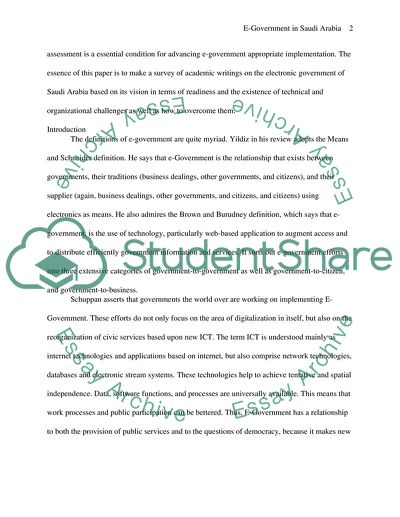Cite this document
(“E-Government in Saudi Arabia Research Paper Example | Topics and Well Written Essays - 2500 words”, n.d.)
E-Government in Saudi Arabia Research Paper Example | Topics and Well Written Essays - 2500 words. Retrieved from https://studentshare.org/information-technology/1737588-literature-review-for-e-government-in-saudi-arabia
E-Government in Saudi Arabia Research Paper Example | Topics and Well Written Essays - 2500 words. Retrieved from https://studentshare.org/information-technology/1737588-literature-review-for-e-government-in-saudi-arabia
(E-Government in Saudi Arabia Research Paper Example | Topics and Well Written Essays - 2500 Words)
E-Government in Saudi Arabia Research Paper Example | Topics and Well Written Essays - 2500 Words. https://studentshare.org/information-technology/1737588-literature-review-for-e-government-in-saudi-arabia.
E-Government in Saudi Arabia Research Paper Example | Topics and Well Written Essays - 2500 Words. https://studentshare.org/information-technology/1737588-literature-review-for-e-government-in-saudi-arabia.
“E-Government in Saudi Arabia Research Paper Example | Topics and Well Written Essays - 2500 Words”, n.d. https://studentshare.org/information-technology/1737588-literature-review-for-e-government-in-saudi-arabia.


